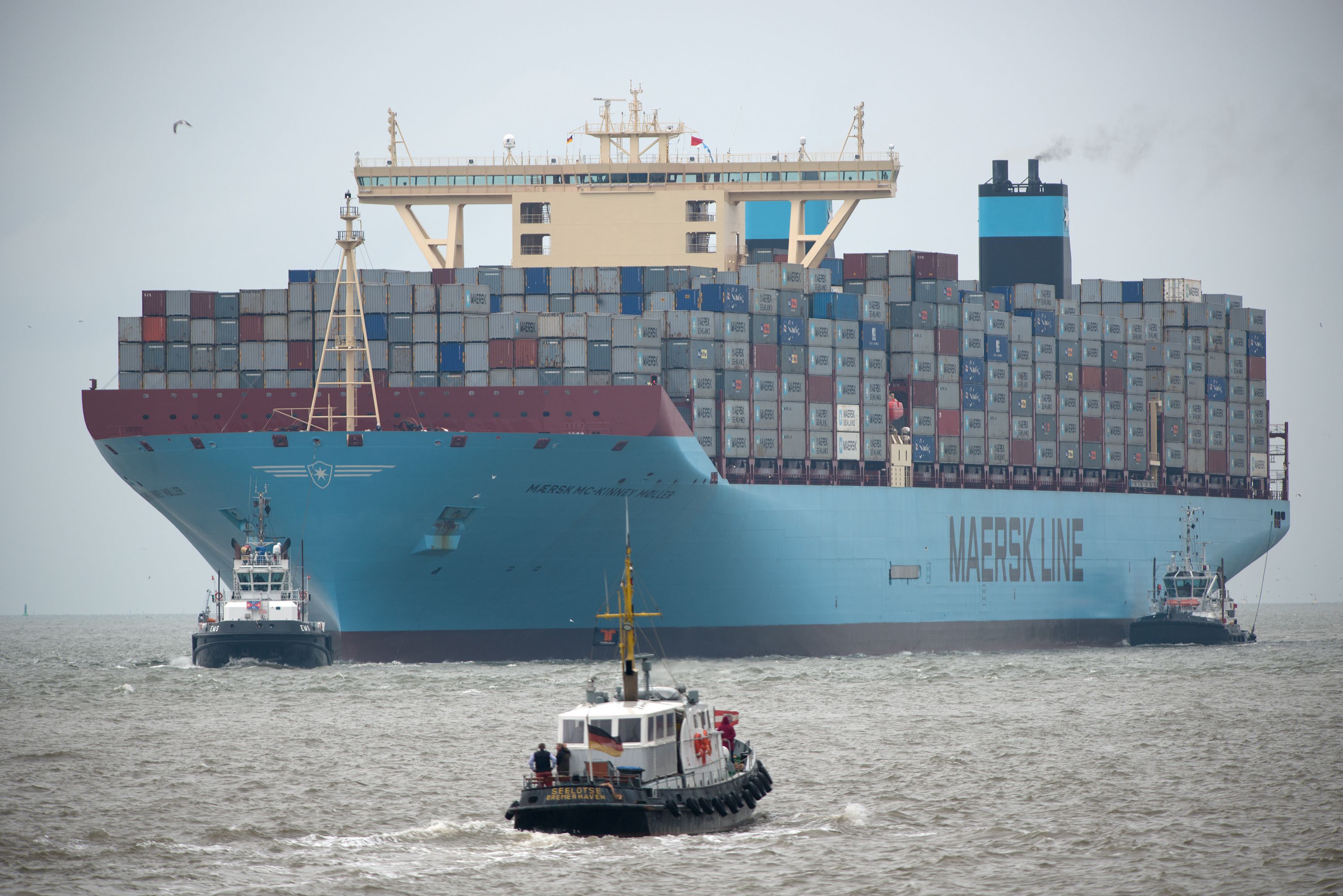


BIMCO forecasts that 4.9 million extra TEUs will be delivered in 20, representing a 19% increase in fleet size since the beginning of 2023. Capacity will increase due to the easing of port congestion and the delivery of new ships ordered during the past two-year boom period.

The global container fleet is expected to grow by 6.3% in 2023 and 8.1% in 2024. The Baltic and International Maritime Council (BIMCO) predicts that weak demand for container ships will outstrip supply by 2023, putting downward pressure on freight rates and the value of secondhand ships until next year.” The shipping authority forecasts negative demand growth in the first half of 2023, with a recovery in the second half leading to overall demand growth of 1-2% in 2023, followed by 5-6% in 2024.
This was preceded in February by the delivery of the OOCL Spain with 24,118 TEU capacity, the first of six ships under construction for OOCL. At more than 24,000 TEU each, these are among the largest container ships in the world. In March the Mediterranean Shipping Company received the delivery of two megaships: the MSC Tessa and MSC Irina. In April 2023, the cost of shipping a container between Asia and the US or Europe was more than 80% lower than a year earlier, and costs on some routes are now even at pre-pandemic levels.Īlthough freight rates have fallen, new ships ordered during the boom are now also being delivered, adding to the existing overcapacity. įollowing the post-pandemic boom in container shipping, economic and geopolitical uncertainty and falling demand have affected freight rates. The falling freight rates in container shipping pose a threat to future investments and could affect maintenance levels and risk management budgets, according to insurer Allianz Global Corporate & Specialty SE (AGCS) in its Safety & Shipping Review 2023.


 0 kommentar(er)
0 kommentar(er)
